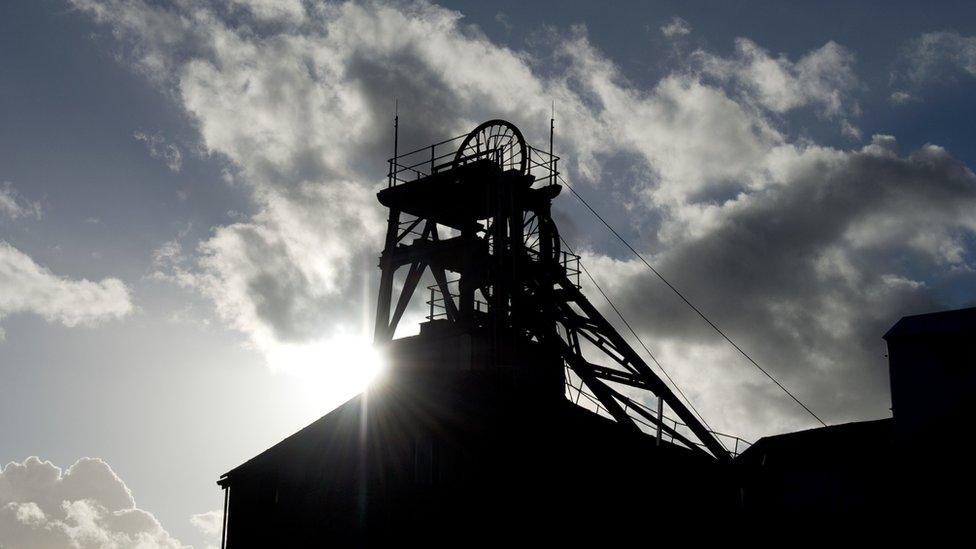Coal collapse drives down UK carbon emissions
- Published

A collapse in the use of coal has driven UK carbon emissions down to levels barely seen since the Victorian era, new figures show.
Coal use fell by a record 52% in 2016 on the previous year in the face of cheap gas, higher domestic carbon prices, renewables and other factors.
The drop was partially offset by increased emissions from oil and gas.
The results are based on analysis of government figures by the website Carbon Brief., external
The Department of Energy, Business and Industrial Strategy (Beis) is due to publish its own estimates on 30 March.
One of the main reasons for the drop in coal use is the carbon price floor. This carbon tax doubled in 2015 to £18 per tonne of CO2.
In his budget on Wednesday, the Chancellor Philip Hammond is expected to set out the future path for the tax. This could have wide-ranging implications for the planned phase out of coal and the cost of low-carbon power subsidies.
Coal use has fallen by 74% since 2006 and is now 12 times below the peak of 221 millions of tonnes (Mt) burnt in 1956.
While CO2 from coal fell drastically, carbon emissions from gas increased by 12.5% in 2016 as utilities switched from burning coal. CO2 from oil also went up, by 1.6%.
Carbon emissions in 2016 reached 381 millions of tonnes (Mt) of CO2. With the exception of sharp dips caused by general strikes in the 1920s, this represents the lowest level since 1894, when Nicholas II became Tsar of Russia.

Follow us on Facebook, external, on Twitter @BBCScienceNews, external